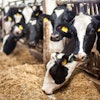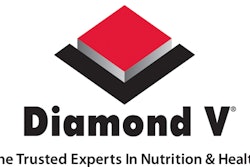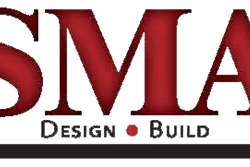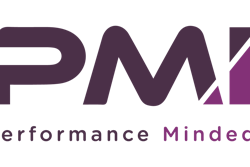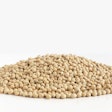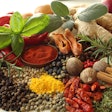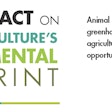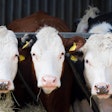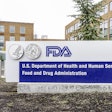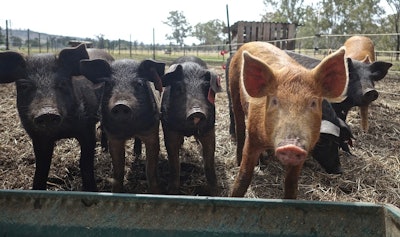
With the recent occurrences of African Swine Fever Virus and Classical Swine Fever Virus in countries important for U.S. trade, there have been many questions about how to best prevent foreign animal disease transmission into U.S. swine herds.
The Fence Postreports that while feed and ingredients are not the most likely sources of introduction and transmission, they are a documented vector for disease. Thus, the extension of on-farm biosecurity practices to the feed mill are important.
"We have made updates to the 'Feed Safety Resources' link onKSUSwine.orgto answer producer questions about African Swine Fever Virus in feed," Cassie Jones, K-State Department of Animal Sciences & Industry associate professor told The Fence Post. "The updated site includes frequently asked questions about ASFV in feed."
KSUSwine.orgalso includes a biosecurity audit for producers to use for suppliers or in their own facilities to help identify risk for disease entry into feed.


